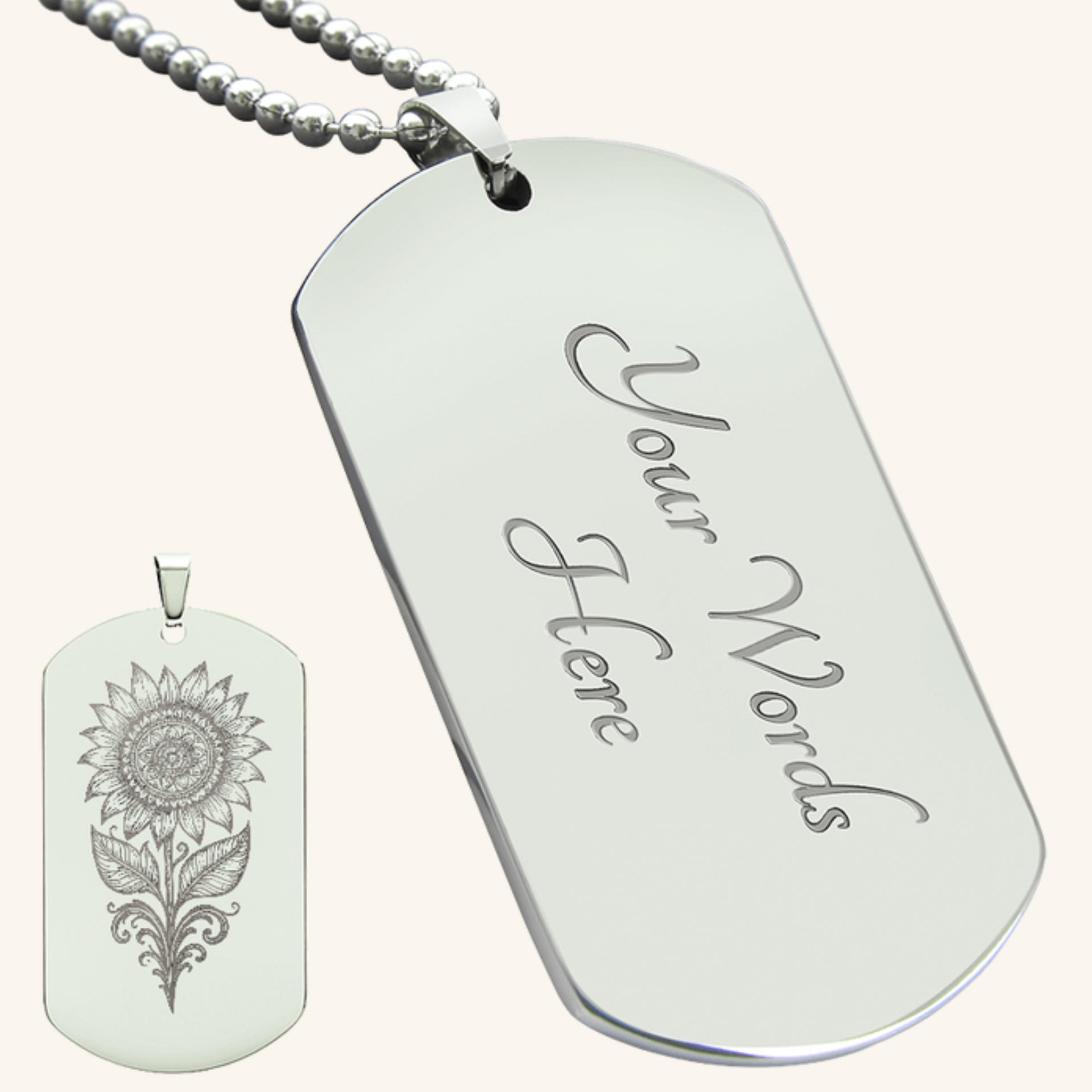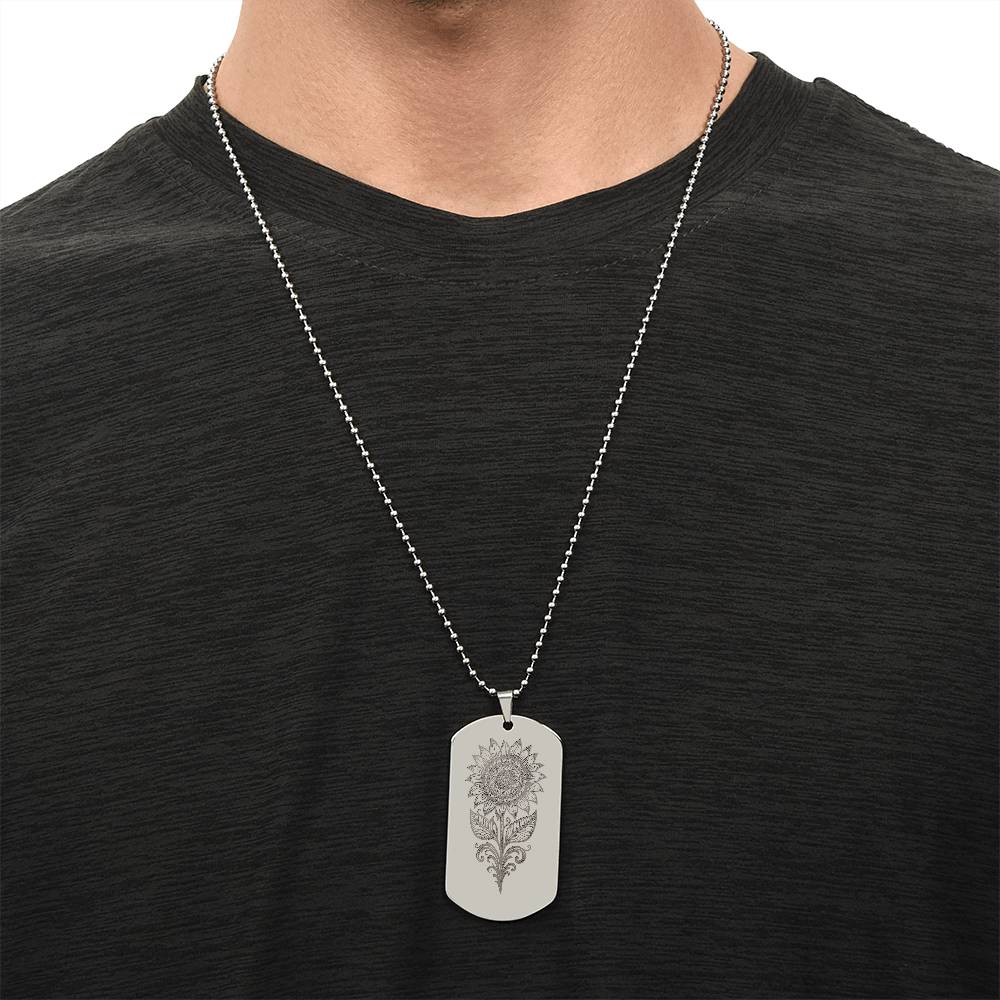How to Communicate with Autistic Individuals

Written by HeyASD.com Team
Autism Spectrum Disorder (ASD) is a developmental disorder that affects social interaction, communication, and behavior.
Autistic individuals often have a myriad of autistic strengths, but may have unique challenges when it comes to communication, which can make it difficult for them to interact with others. However, with some simple tips and strategies, you can learn how to effectively communicate with autistic individuals and build strong relationships.
In this article, we will provide you with practical tips on how to communicate with autistic individuals.
Understanding Autism
Before we delve into the tips, it's essential to understand the basics of autism. Autism is a neurological disorder that affects how an individual perceives and processes information.
Autistic individuals often struggle with social interactions, communication, and repetitive behaviors. It's crucial to keep in mind that every autistic person is unique, and their communication needs may vary.
Tips for Communicating with Autistic Individuals
Use Literal Language and Sentences
Autistic individuals may have difficulty processing complicated, unncessarily-metaphorical language and abstract concepts.
Therefore, it's essential to use simple language and sentences that are easy to understand. Use concrete and specific terms to avoid confusion.
Use Visual Aids
Visual aids such as pictures, symbols, and diagrams can be incredibly useful for autistic individuals who struggle with verbal communication.
They can help convey information in a more accessible and understandable way.
On the television show, "Love on the Spectrum", the dating coach Jodie uses drawings to demonstrate difficult concepts visually.
Respect Personal Space
Autistic individuals may have difficulty with social interactions and may become overwhelmed by physical contact, causing sensory issues.
It's essential to respect personal space and avoid touch unless they initiate it. I would also add that this is a standard of communication for most people.
Give Time to Process Information
Autistic individuals may need more time to process and respond to information. It's essential to be patient and give them enough time to understand and respond.
Use Positive Language
Using positive language can help create a positive and comfortable environment for autistic individuals. Avoid using negative language, sarcasm, or irony.
Avoid Abstract Concepts
Autistic individuals may not fully know what you mean with abstract concepts and metaphors. It's essential to use concrete and specific terms to avoid confusion.
Use Clear and Concise Communication
Clear and concise communication is essential for effective communication with autistic individuals. Avoid being vague or ambiguous.
Be Flexible
Every autistic individual is unique, and their communication needs may vary.
It's essential to be flexible and adaptable to their communication style and needs.
Use Technology
Technology such as tablets, smartphones, and communication apps can be incredibly helpful for autistic individuals who struggle with verbal communication.
Show Empathy and Understanding
Showing empathy and understanding can go a long way in building strong relationships with autistic individuals. Take the time to listen and understand their communication needs and preferences.
Conclusion
Effective communication with autistic individuals requires patience, empathy, and understanding.
By following these tips, you can create a comfortable and positive environment for autistic individuals to communicate and build strong relationships.
FAQs
Is it possible for an autistic individual to communicate verbally?
Yes, many autistic individuals can communicate verbally, but some may struggle with verbal communication.
How can I tell if an autistic individual is getting overwhelmed during a conversation?
Autistic individuals may exhibit physical signs such as flapping their hands, rocking back and forth, or becoming non-responsive when overwhelmed during a conversation.
Can I use humor when communicating with autistic individuals?
It's best to avoid sarcasm or irony. However, if an autistic individual enjoys humor, and using appropriate and positive humor can be a great way to build a positive relationship.
Should I avoid eye contact when communicating with autistic individuals?
Autistic individuals may find eye contact uncomfortable or overwhelming. However, it's essential to maintain some level of eye contact to show interest and engagement in the conversation. You can also ask the individual if they prefer eye contact or not.
Can music be used to help communication with autistic individuals?
Yes, music can be used as a form of communication and therapy for autistic individuals. Music can help with emotional regulation, socialization, and language development. However, it's essential to be aware of the individual's sensory needs and preferences when using music as a communication tool.
On This Page
Frequently asked questions
What are some simple autism communication tips to help me connect better with autistic individuals?
How can I use sensory-friendly communication to support someone with autism?
What are effective autism support strategies for respecting personal space during conversations?
How can I be patient and give enough time for an autistic person to process information?
Are there sensory tools or calming blankets that can help create a supportive communication environment?
How can I use technology to improve communication with autistic individuals?
What are some ways to show empathy and understanding when communicating with someone on the autism spectrum?
How can I adapt my communication style to meet the unique needs of different autistic individuals?
Can Autism-themed decor or comfortable clothing like t-shirts help create a welcoming space for communication and support?

About the HeyASD.com Team
Autistic‑owned • Values‑led • Sensory‑friendly design
We are autistic creators, writers, and advocates dedicated to producing resources that are practical, sensory-aware, and grounded in lived experience. Our mission is to make information and products that support the autistic community accessible to everyone, without jargon or condescension. Learn more about our team.
This article is written from lived autistic experience and an evidence-aware perspective. It is for general informational purposes only and should not be taken as medical, legal or therapeutic advice.
Always consult a qualified clinician or occupational therapist for individual needs and circumstances.

About Our ASD Blog
HeyASD is more than a store, it’s a calm, supportive space for autistic adults and the people who care about them. Explore identity-affirming stories, sensory regulation tools, and uplifting resources from our community.
Thank you for reading. We hope these resources bring comfort and clarity.









































